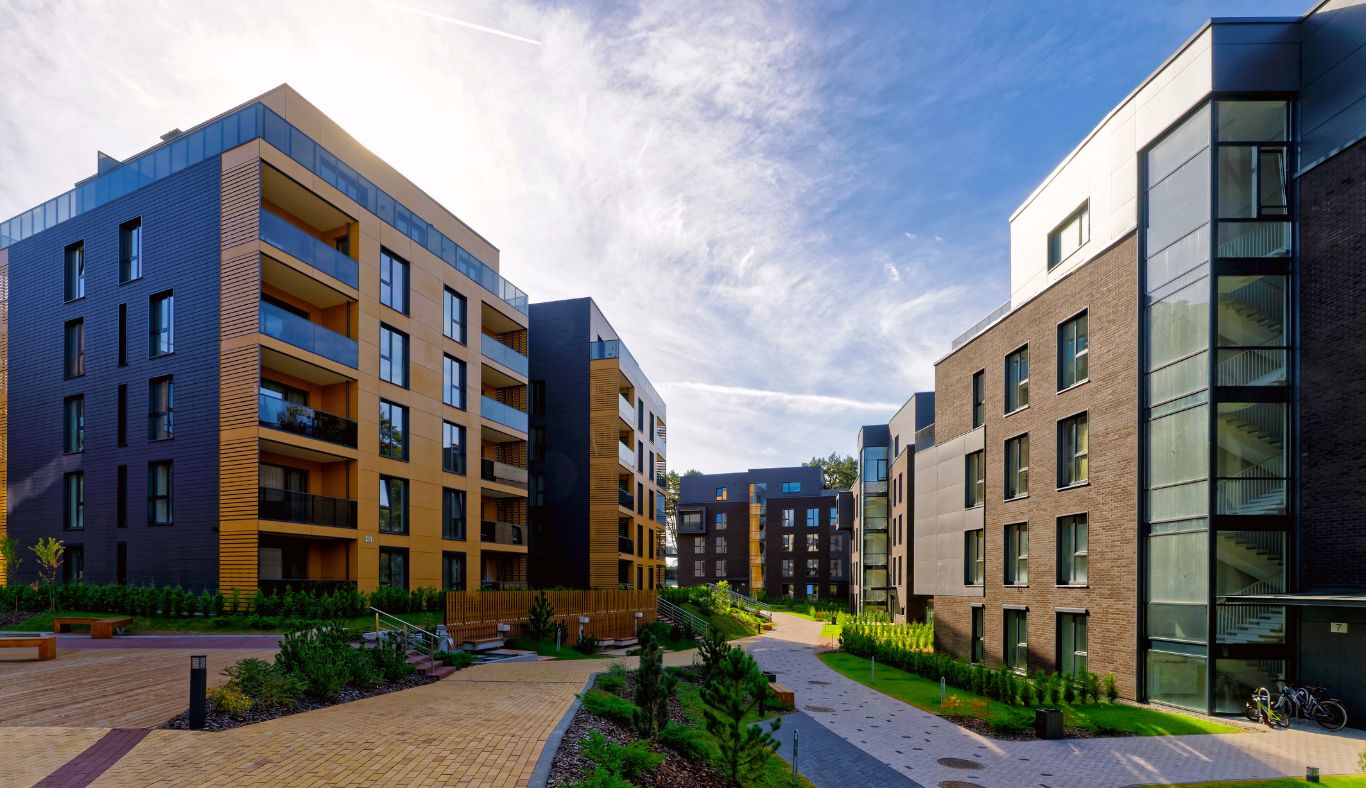Following the Grenfell Tower tragedy, an independent review into fire safety in buildings was completed, which culminated in a report that identified the need for significant reform. The findings of the report were accepted in full by the UK government, leading in turn to the Building Safety Act 2022.
The Act is being brought into force gradually, with a plan and timeline produced by government. It applies in England and Wales, although there are expected to be some differences in its implementation. A key first step has been the establishment of a Building Safety Regulatory, providing statutory powers and time to recruit and develop appropriate capacity to implement the new regime.
It’s been described as both ground-breaking and transformational, creating a more rigorous regime for planning, design, construction and operation/occupation of higher risk buildings and strengthening the entire building control system. It will provide enhanced rights for property owners, leaseholders and occupiers, introduce new planning and building control gateways, and implement new and enhanced roles and responsibilities. The Act also introduces leaseholder protections to reduce their liability for the costs of remediation and contains significant provisions relating to construction products and defective products / premises.





























